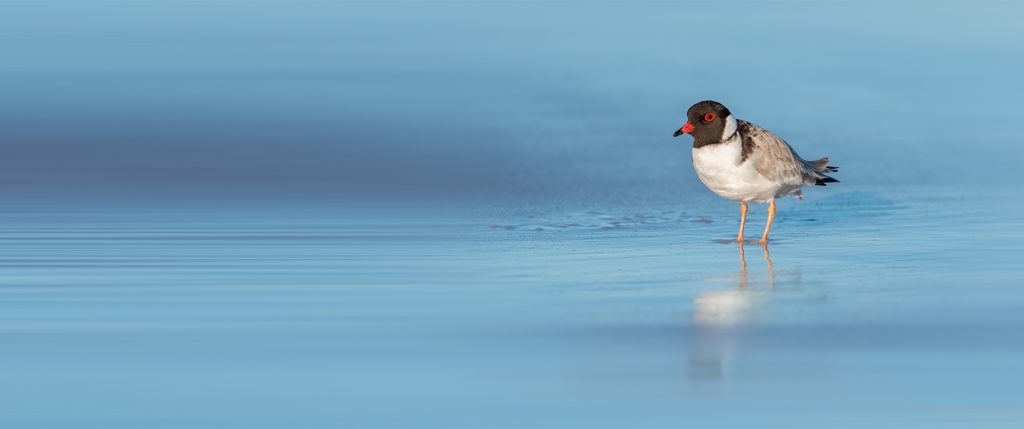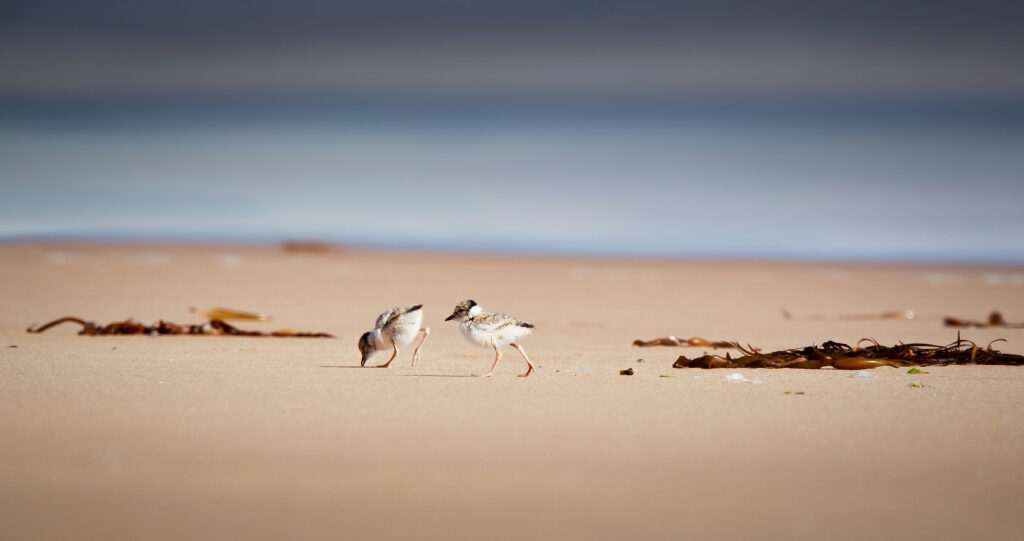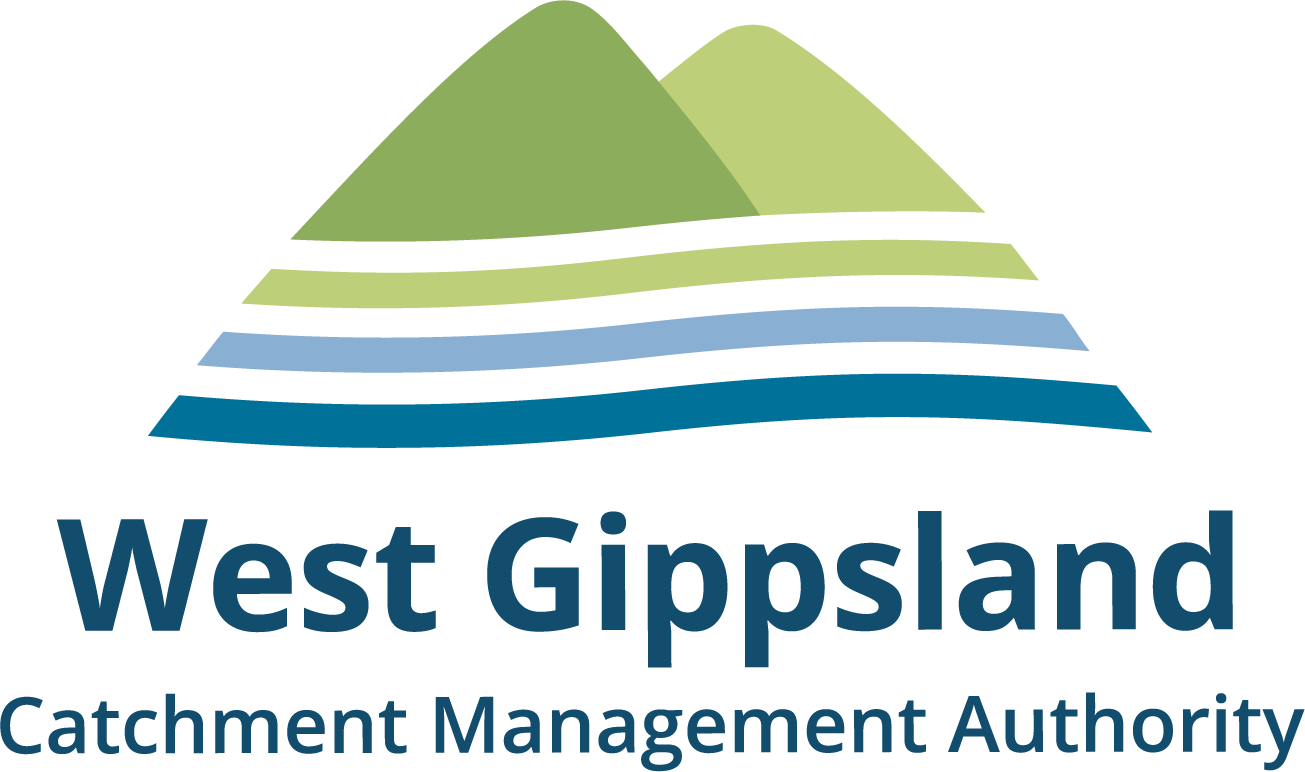Partnership to save plovers from extinction
West Gippsland Catchment Management Authority (the CMA) is excited to announce a new $1.5 million project aimed at saving one of our region’s much-loved native birds from extinction.
Eastern Hooded Plovers — affectionally known as ‘Hoodies’ — are tiny shorebirds that nest along the Victorian coastline where the adults, their eggs and chicks are highly vulnerable to disturbance by humans, coastal weeds, rough weather, off-lead dogs and their number one predator – foxes.
Together with BirdLife Australia, Bunurong Land Council Aboriginal Corporation, Bass Coast Landcare Network, South Gippsland Landcare, Parks Victoria and the community, the CMA is embarking on a four-year project to help the survival of Hoodies.
Toward Zero Extinctions: Protect the Eastern Hooded Plover will involve protecting nests during breeding season, controlling foxes and other introduced pests, and engaging the community about the plight of the plover – and how they can help its survival.
“There are only around 3,000 Hoodies remaining in south-eastern Australian and less than 2.5 percent of Hooded Plover eggs make it to adult stage,” said Shayne Haywood, the CMA’s Manager – Land and Biodiversity.
“The coastline between San Remo and Inverloch is home to the second largest population of Hooded Plovers in Victoria so it’s vital that we work together to protect these vulnerable native species whose survival depends on having safe, protected breeding sites,” said Shayne.
During breeding season, Hoodies face many threats to survival, from people accidently trampling their nests to off-lead dogs scaring the birds and eating their eggs. Even if the eggs successfully hatch, Hoodie chicks can’t fly for the first five weeks of their life, making them highly vulnerable to predators, particularly foxes. To reduce this threat, the CMA and partners will undertake a coordinated approach to fox control across public and private land, conducted in partnership with landholders and Parks Victoria.
“By reducing fox numbers, we can help increase the chance of survival for eggs and fledglings and help boost the population of Hoodies overall.”
Enclosing vulnerable breeding sites to protect nests and chicks and signage at beaches are also key activities of the program, supported by BirdLife Australia’s monitoring program and population counts.
“Many people in our community already know about the plight of plovers and are actively involved in their protection by avoiding nesting sites, keeping dogs on leads at the beach and volunteering through BirdLife Australia’s Beach-nesting Birds Program.”
“This partnership project is an exciting next step in the protection and recovery of plover populations in West Gippsland. The CMA is thrilled to be involved in this important work as part of our role in catchment health and protecting the region’s unique biodiversity.”
This project is funded by the Australian Government Natural Heritage Trust and delivered by West Gippsland CMA, a member of the Commonwealth Regional Delivery Partners panel.
West Gippsland CMA is responsible for over 40,000 kilometres of designated waterways across the region. All of these waterways flow to the Victorian coast, discharging through the Gippsland Lakes, or directly into Bass Strait and the Southern Ocean.







